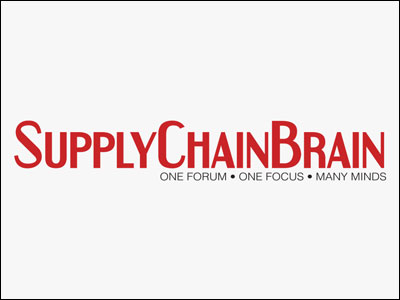Lisa Anderson, founder and president of LMA Consulting Group Inc., offers advice on how supply-chain managers can function efficiently in a time of deep uncertainty – and why’s it’s vital to achieve visibility of both customers and suppliers.
The first step toward stabilizing the supply chain is to reach out to your customer’s customers, says Anderson. It’s essential to understand as much as possible about their business needs.
In the world of retail, the best way to gain that knowledge is to access data about what’s being sold in real time, then immediately incorporate that information into supply-chain processes. Similar efforts should be undertaken in manufacturing, where it’s important to know how the buyer is utilizing parts on the production line, in order to react more quickly to changing demand trends.
Big gaps still exist in efforts to assert visibility and control over end-to-end supply chains. Some parties might fear the loss of competitive information. But companies need to gain trust in one another, in order to facilitate the flow of data.
It’s just as important, although sometimes harder to achieve, to get access to information from the supplier’s supplier. A buyer’s ability to do that depends on how good a job it has done in fashioning a true relationship with the Tier 1 supplier. “If you’ve been treating them as if you’re in a constant negotiation, they’re unlikely to provide you with details on who their suppliers are,” says Anderson. “It’s a matter of presenting it in their best interest. For them to be successful, you need to have customers continue to buy from you.”
An effective sales, inventory and operations planning (SIOP) initiative is the linchpin to acquiring an accurate picture of demand, and being able to respond quickly to the market, Anderson says.
Published in Supply Chain Brain on Aug. 24, 2020



